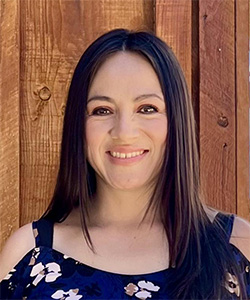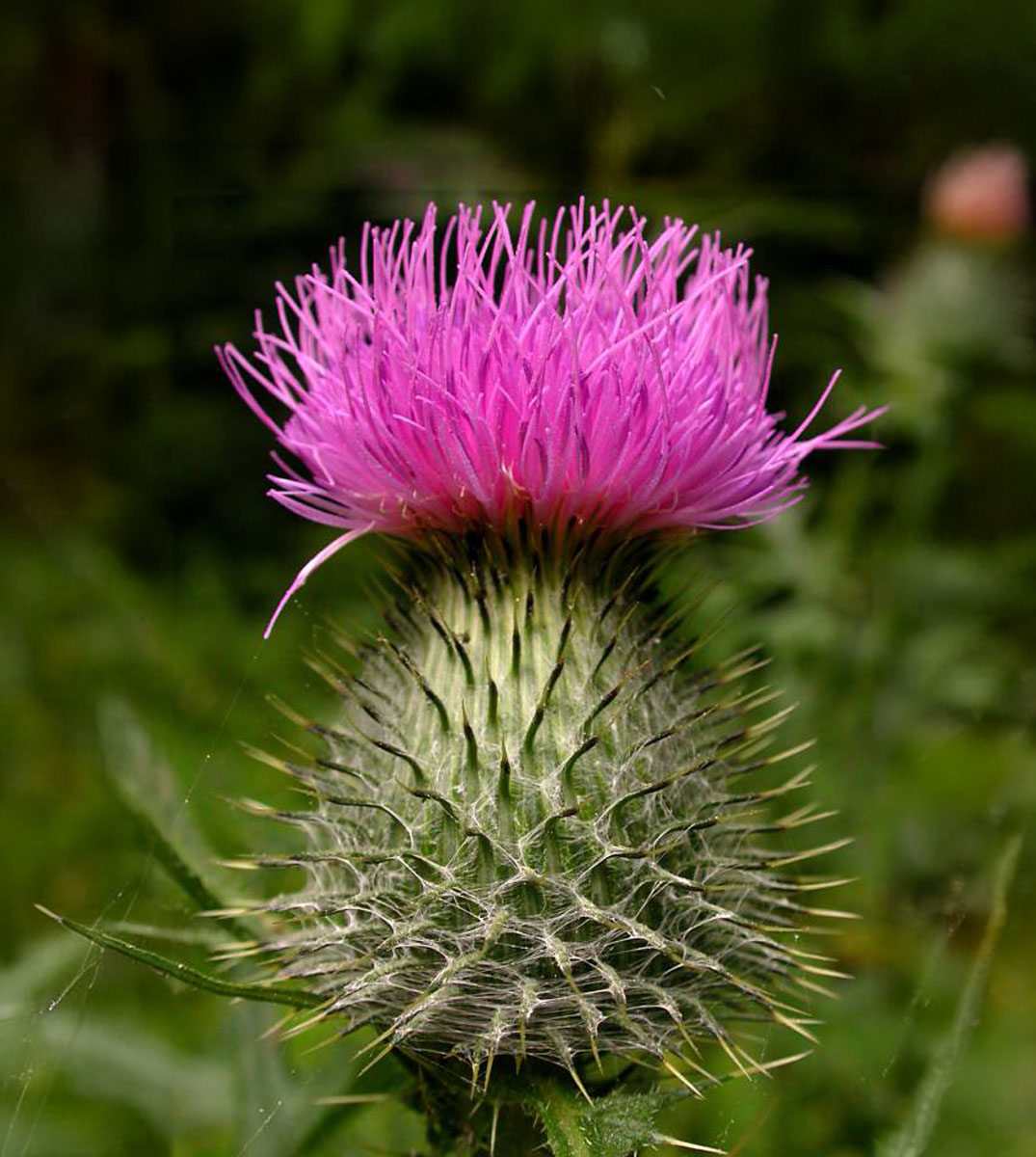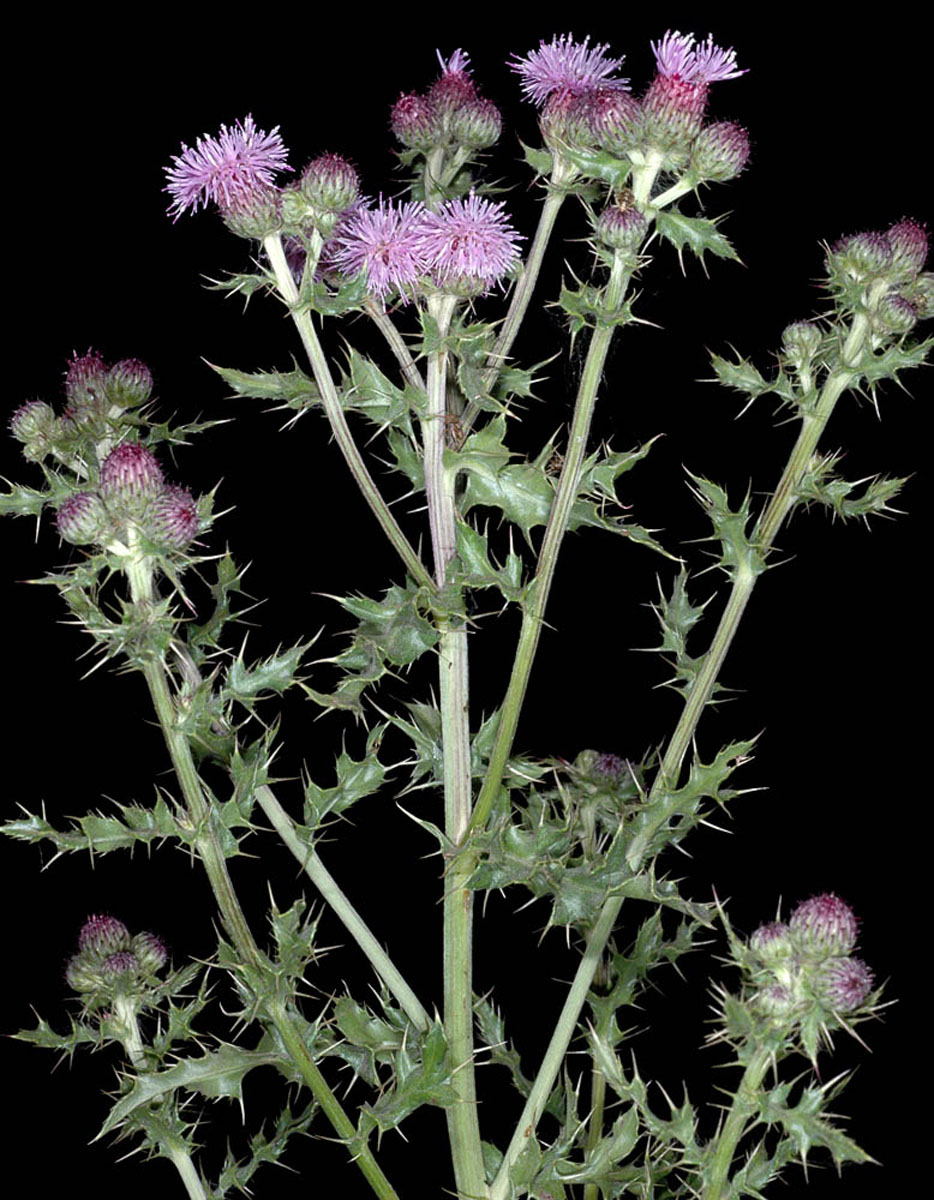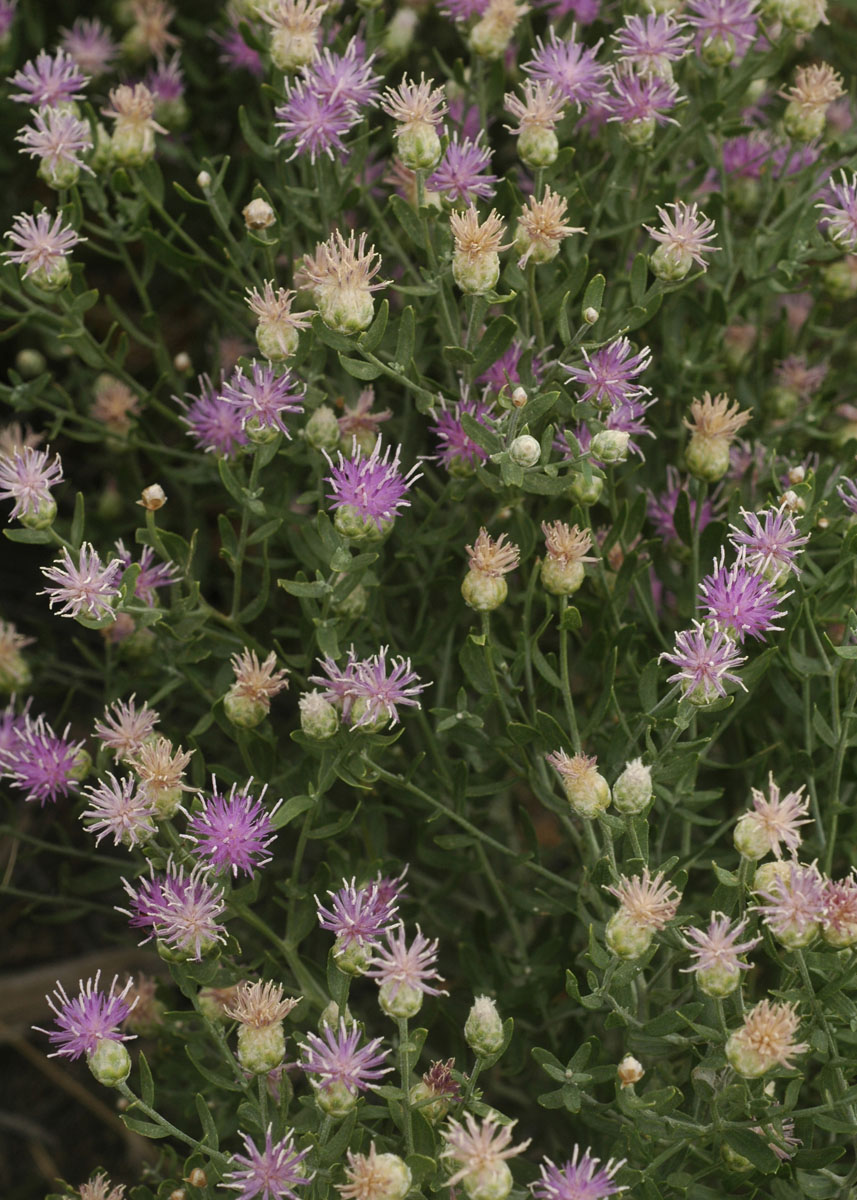What is a weed? The answer may be different from one person to the next but an easy definition that most people can relate to is a plant that is growing out of place; somewhere you don’t want it to grow. Weeds can out-compete native vegetation and be very difficult to manage once they’ve become established.
An invasive plant is a non-native plant introduced with help from humans, weather, or animals on purpose or by accident. One point to take away is that all noxious weeds are invasive but not all invasive weeds are noxious. Those termed “noxious” are listed on the federal, state, or local level as being particularly invasive. Are noxious or invasive weeds a problem on your landscape?
Noxious and invasive weeds are around us and we may or may not know it. They can have negative impacts on the plant community by replacing native vegetation, impacting wildlife and livestock by changing their grazing habitats, and negatively impacting the watershed as a whole by increasing runoff and erosion.
There are some noxious weeds, such as cheatgrass, bromus tectorum, that is highly flammable and can even foster wildfires. Cheatgrass is now the most dominant plant on the continent, spreading across 50 million acres of rangeland.
Currently, noxious plants are in bloom, so it’s easier to identify them. One of them to look out for is the Russian knapweed, acroptilon repans, a creeping perennial that reproduces from seed and vegetative root buds. It emerges in early spring and flowers in the summer into the fall and is toxic to horses.
Thistles (Musk, Scotch, and Bull) are a problem in our area as well. Once their seeds fall they are viable in the soil for up to 40 years. The best form of management for these species is to keep the plant from seeding. If the plant has flowered, pull the flowers off and throw them into a trash bag.
Canada thistle, cirsium arvense, is also problematic. Identified by its purple flower and thorny leaves, the growth of this perennial occurs mostly underground. To manage this species you need to target its root system.
What do you do if you find noxious or invasive weeds on your property? The best form of management, according to professionals, is to stop establishment in the first place but if noxious weeds are already present on your landscape, rapid response is your best action. After that, limiting its progress is your next best step.
The Taos Soil and Water Conservation District provides lots of great information on noxious weeds and informs the public of management techniques as well as providing a current list of noxious weeds in New Mexico. See: https://nmdeptag.nmsu.edu/media/pdf/noxious-weed-memo-and-list-june-2020.pdf for the full list of New Mexico’s noxious weeds.
Author
-

Experience working with the USDA Forest Service and extensive knowledge of the northern region, while maintaining and fostering strong community relationships remain a big priority.
View all posts




